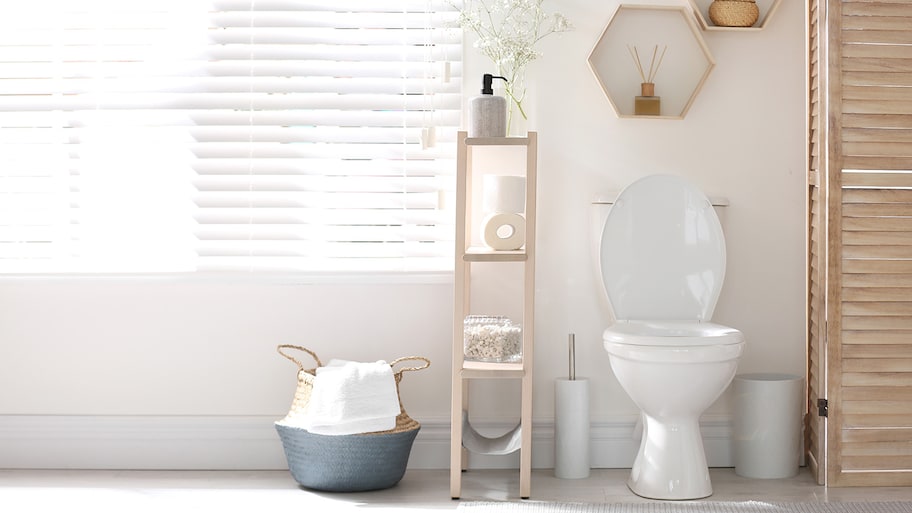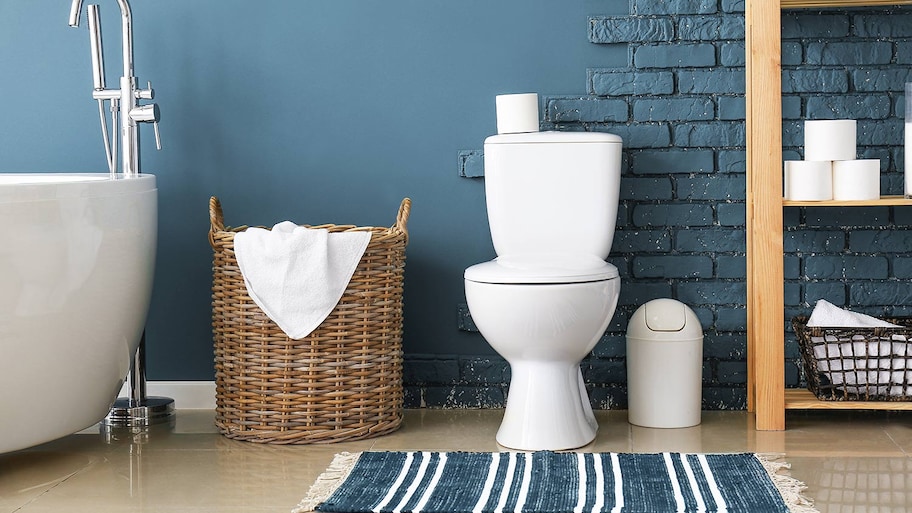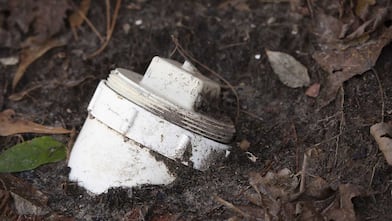From minor leaks to low water levels, you can DIY the fix for many toilet issues
Besides the age-old advice of “go jiggle the handle,” it’s not always clear what to do when dealing with a toilet problem. But because you’re dealing with potentially serious water and plumbing issues, it’s best to take care of them ASAP.
Fortunately, though, many issues can be taken care of by DIYing, and there are probably many things you didn’t know you could fix on your toilet beyond repairs like tightening a toilet seat. *Please note: Before attempting repairs on your toilet, be sure you have access to shut off your water if necessary. Pipe and toilet repair can be expensive, so calling a local plumber may be your best bet if the situation seems like something you can’t fix.
1. Toilet Won’t Stop Running
A running toilet is one of the most common problems homeowners experience. When the tank float (which tells your toilet how much more water it needs to fill the bowl) is set too high, this can prevent the fill valve from shutting off.
Two common fixes (outlined below) include checking the water level and flapper seal.
Check the Tank’s Water Level
Remove the tank cover to check your toilet’s water level. If it’s too high, you may need to lower the float arm. You can do this by loosening (then re-tightening) the screw. Read the manufacturer’s instructions for your toilet if you aren’t sure.
Check the Flapper Seal
If the water level is normal in your toilet’s tank, but your toilet still runs, it’s likely that the flapper valve (sometimes called the flapper seal or wax ring) on the bottom isn’t sealing properly. Old flapper seals sometimes don’t hold a seal as well as they’re supposed to and let water through after you flush.
Your best option is to replace the wax ring. They cost less than $10 at a hardware store and can save you money on your water bill by reducing the amount of water your toilet wastes.
2. Toilet Leaks
Address toilet leaks ASAP. Water can damage your bathroom floors, and wastewater poses a health risk for you and your family.
First, though, you must find the water leak’s source. Leaks from the water supply line are much different from leaks at the toilet’s base or where the tank connects to the bowl.
Common leak areas include:
The nut behind the valve
The supply line connection
The base
Loose or worn-out tank-to-bowl connections
Old or worn-out parts need replacing, while tightening the screw or nut on your tank may fix the issue. If it’s an old toilet with cracks in the ceramic, you may need to have a new toilet installed. (A new toilet costs about $370 on average.)
3. Toilet Won't Flush

When a toilet won’t flush, it’s usually because the tank level is too low or there’s a clog.
For low water levels, check and adjust the flush valve and float arm. They may be stuck or loosened and falling lower than intended, which prevents your toilet from having enough water in it to flush.
Fortunately, clogs generally aren’t far down the drain, meaning you should be able to get it unclogged with a plunger (and maybe some hot water if that isn’t working). Unclogging your toilet can save you money by not having to call a plumber—just be careful and have some newspapers ready to line the floors in case water spills.
4. Toilet Fills Slowly
A slow-filling toilet usually results from a water supply valve problem, a waterlogged float ball in your tank, or a fill valve tube issue. First, try loosening the water supply valve (gently) to make sure it’s not partially closed. That could correct the problem.
If not, assess and address the other two potential culprits by removing your tank lid. Check the fill valve inside the tank for mineral buildup or clogs. A waterlogged float ball may drag the float arm too low in the tank and needs to be replaced.
5. Toilet Is Noisy When Not in Use
You might (rightfully) ask: why is my toilet gurgling? The most likely answer is “your pipes.” Although, admittedly, that could mean several different things.
Gurgling is a sign that something’s blocking the way in your plumbing. You can fix minor issues with a plunger to clear the obstruction. A commercial-grade toilet auger ($20 to $30 at a hardware store) can go deeper into your pipes if a plunger doesn’t do the trick.
If that doesn’t work, calling a local plumbing handyperson is a wise move. Attempting to fix your toilet can save you money (toilet repairs cost between $100 and $200 on average), but damaging errors could be costly.
6. Toilet Handle Is Loose or Stuck
The famed “jiggle the handle” line comes from this common toilet problem. Sometimes, the handle gets loose and hangs down or gets stuck completely. Removing the tank lid can help you find the issue.
With the lid off, flush the toilet like you normally do. What happens? If the chain inside doesn’t lift, make sure it isn’t stuck on something or detached.
If the problem isn’t clear from looking at the inside of your tank, it could be that your handle needs tightening. To do this, shut the water valve off and empty your toilet. This way, you can tighten the handle properly from inside the tank.





